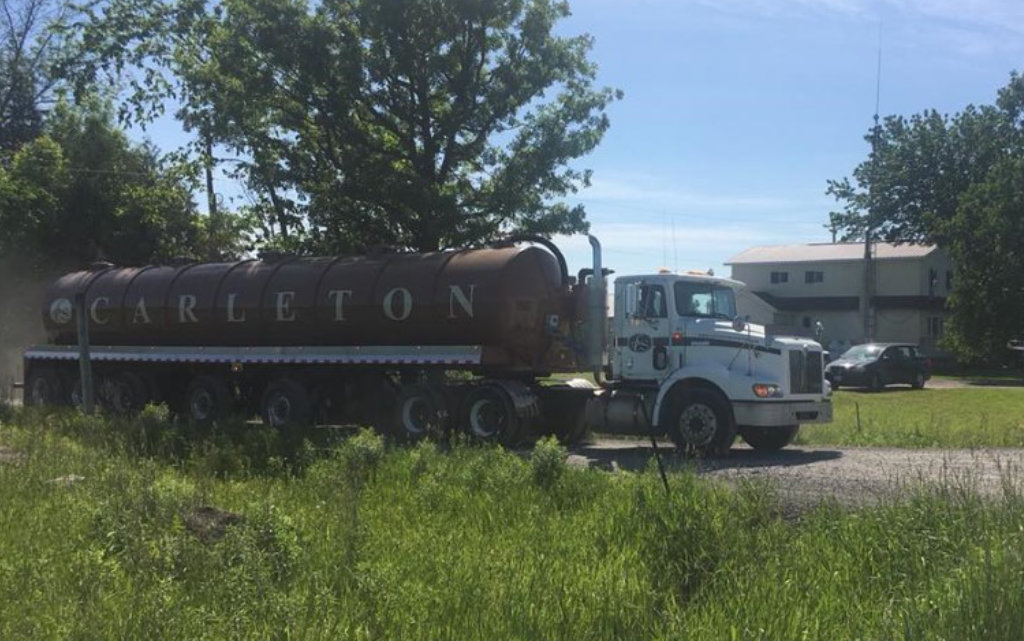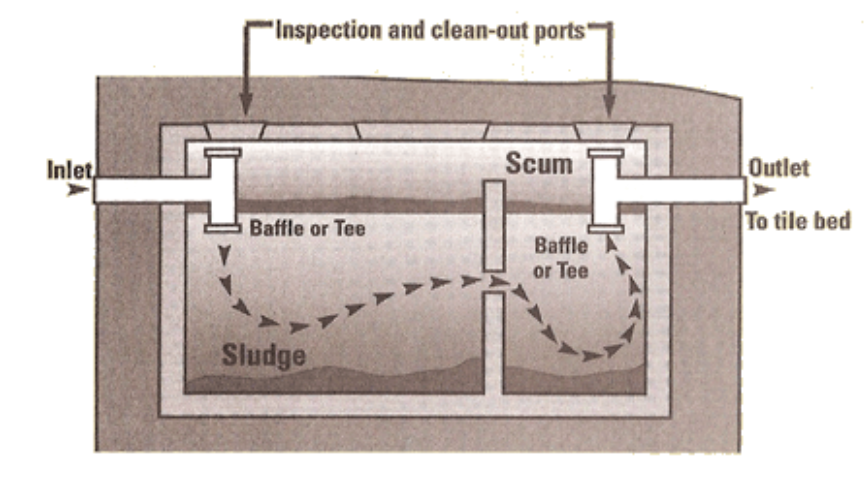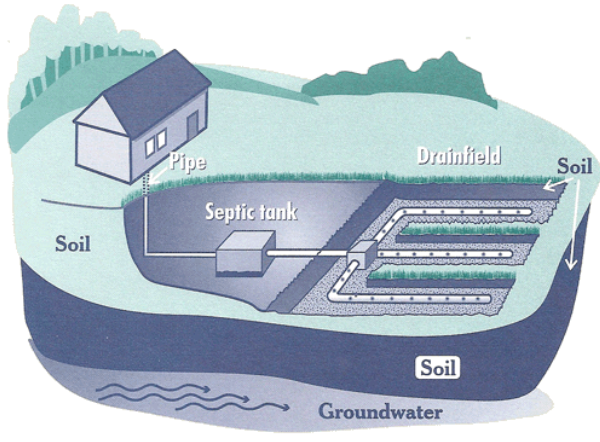Commercial Septic and Holding Tank Pumping Services in Ottawa
There is no job that is too large for our team. We have several large trucks ready for any sized job. Contact us to find out how we can provide you with the best possible service for an affordable price! Submit the form on this page to request a quote online or you can call us at 613-838-5500.


Residential Septic and Holding Tank Pumping Services in Ottawa
All of your household wastewater exits your home through a pipe to the septic tank. The septic tank is a buried, watertight container typically made of concrete, fibreglass, or polyethylene. It holds the waste water long enough to allow solids to settle out (forming sludge) and oil and grease to float to the surface (as scum). It also allows partial decomposition of the solid materials.
Compartments and a T-shaped outlet in the septic tank prevent the sludge and scum from leaving the tank and traveling into the drainfield area. Screens are also recommended to keep solids from entering the drainfield. Newer tanks generally have risers with lids at the ground surface to allow easy location, inspection, and pumping of the tank.

How Your Septic System Works
A septic system is an onsite wastewater treatment system that processes and purifies household waste (effluent). The effluent consists of black water (toilet wastes) and grey water (kitchen, sink, bathtub, and laundry wastes). A septic system has two components: a septic tank and a leachfield or drainfield. Primary treatment occurs in the septic tank, where bacteria digest organic materials in the wastewater. The effluent then flows into the leachfield for secondary treatment.
What Your Tank Does
The most important component of your septic system is the septic tank, which is the underground, waterproof container designed to:
- Receive wastewater from your home.
- Separate solids from liquids.
- Partially digest organic matter.
- Store liquids.
- Deliver relatively clear liquid to the absorption field.
In a properly functioning tank, solids and liquids are effectively separated. Solids and partially decomposed sludge settle to the bottom of the tank and accumulate while scum of lightweight material (including fats and greases) rise to the top. The clear liquid that settles between the scum and the sludge layers, known as the clarified zone, carries over to the absorption field.

When Your Septic System Does Not Work
If the tank is not pumped out regularly, the sludge and/or scum layers will be drawn into the wastewater distributed to the tile bed, eventually overloading the system. After sufficient overload time, the tile bed will no longer be capable of distributing the wastewater into the ground, causing “breakouts”.
These are direct discharges of partially treated wastewater onto the ground surface. Sewage and its associated wastes will filter into the soil, contaminating everything it reaches – your well, your neighbour’s well, the underground water supply, and local streams and rivers.
If too much water is dumped in the tank, the tile bed will be overloaded with the same result, as well as the possibility of it backing up into your house.
If excess household chemicals, soaps, and detergents are washed into the septic tank, the bacterial action may be slowed or killed.
Request a Service
